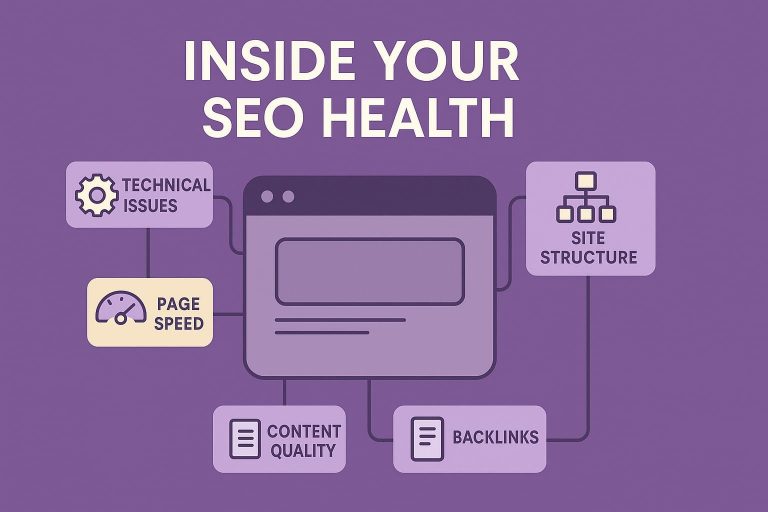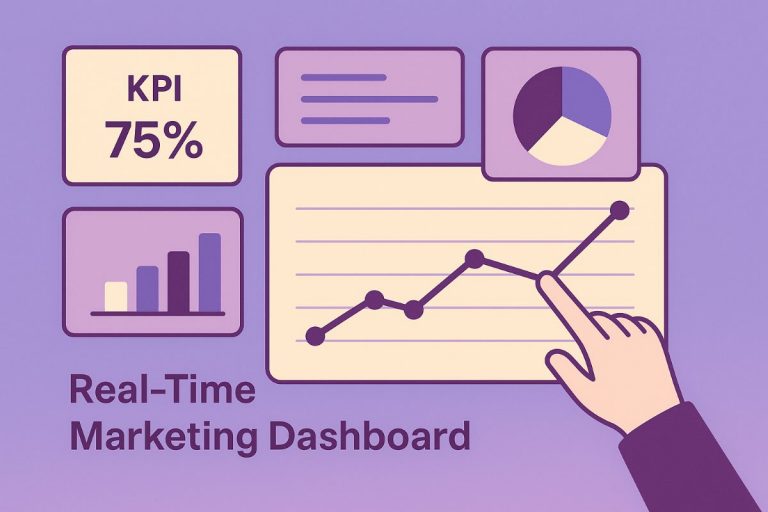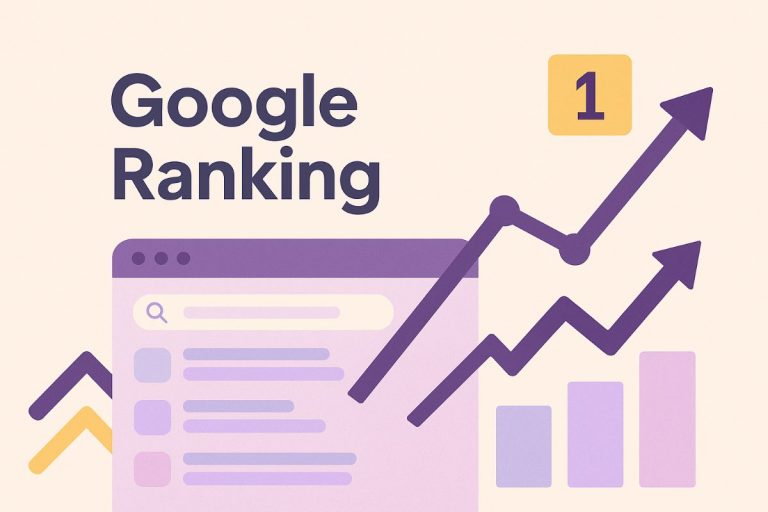
Executive Summary
Generative AI systems fundamentally reshape information discovery patterns. ChatGPT with web browsing capabilities synthesizes multiple sources into cohesive answers while maintaining transparent citation practices. Financial services and cryptocurrency organizations must position their expertise within this new discovery paradigm through strategic content optimization.
Independent academic research demonstrates that targeted GEO implementations increase content inclusion in generative answers by up to 40% in controlled environments. This transformation requires executive leadership to treat GEO as a revenue-driving visibility initiative rather than a technical adjustment.
Key Deliverables:
- Clear operational model for ChatGPT citation behavior
- C-suite KPI framework for AI-driven discovery metrics
- 12-week research program producing defendable results
- Governance protocols for regulated finance and crypto content
- Implementation roadmap with measurement methodologies
This white paper by Lead Craft SEO agency provides decision-makers with actionable frameworks for understanding ChatGPT’s source selection mechanisms, implementing measurable GEO strategies, and establishing governance protocols for regulated content distribution.
Fill out the form below to receive the full version.














 478
478  12 min
12 min




 Share
Share
 X
X
 LinkedIn
LinkedIn























